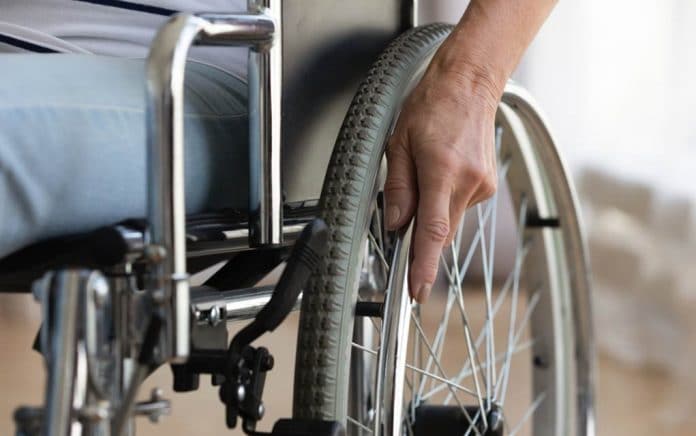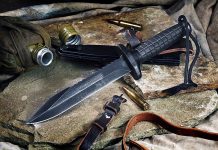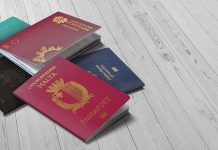
(TacticalNews.com) – Life can be hard enough for handicapped individuals without the added burden of having to defend themselves from an attack. Thankfully, there are plenty of carry options for disabled people. Here are a few examples.
Appendix Holster
The appendix holster is carried in front of the hips near the appendix — hence the name. These holsters are an excellent option for those in a wheelchair due to their easy accessibility and quicker draw from a seated position than other carry methods. Appendix carrying does have one downside; it’s uncomfortable bending over.
Belly Band Holster
Belly bands are designed to be worn around the torso and concealed under a shirt. These holsters are not ideal for disabled people as accessibility is limited compared to other methods of carry. However, belly band holsters do have their use. For instance, thanks to the holster’s positioning, people in wheelchairs or crutches can efficiently utilize them. However, drawing from a belly band holster requires a decent range of shoulder motion limiting their use for some people.
Strong Side Hip
A standard method of carry, the strong side hip can be carried either inside the waistband (IWB) or outside the waistband (OWB). There’s no contest when it comes to the two holsters’ concealability. IWBs are much easier to use to hide a weapon. However, for someone in a wheelchair, it may be challenging to draw from IWB. So, in those cases, the OWB is the better choice.
Ankle Holster
Ankle holsters are a good option but come with some pretty significant disadvantages for individuals who use a wheelchair or crutches. Another liability associated with ankle holsters is the fact that only smaller firearms with limited ammo capacities can be comfortably carried. Another disadvantage involves the distance between the shooter’s hand and their gun. Additionally, a person using an ankle holster has to bend over to reach their weapon, a task a lot of handicapped people can’t efficiently perform. The main advantage of using an ankle holster is the ability to conceal it easily.
Shoulder Holster
Perhaps the best option on this list for wheelchair users, the shoulder holster offers both comfort and accessibility. You also have the option to hold extra magazines and spare loaders on one. Unfortunately, shoulder holsters are only a good option if someone wears an article of clothing to conceal it, like a sweater or a jacket.
Final Thoughts
There are plenty of options out there for everyone interested in carrying a firearm to protect themselves. Everyone is vulnerable to being attacked, and unfortunately, handicapped people are an easy target for cowardly criminals.
Of course, concealed carry isn’t your only option. Check out the differences between open and concealed carry and consider their pros and cons to decide which is best suited for you.
Copyright 2022, TacticalNews.com



















